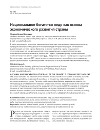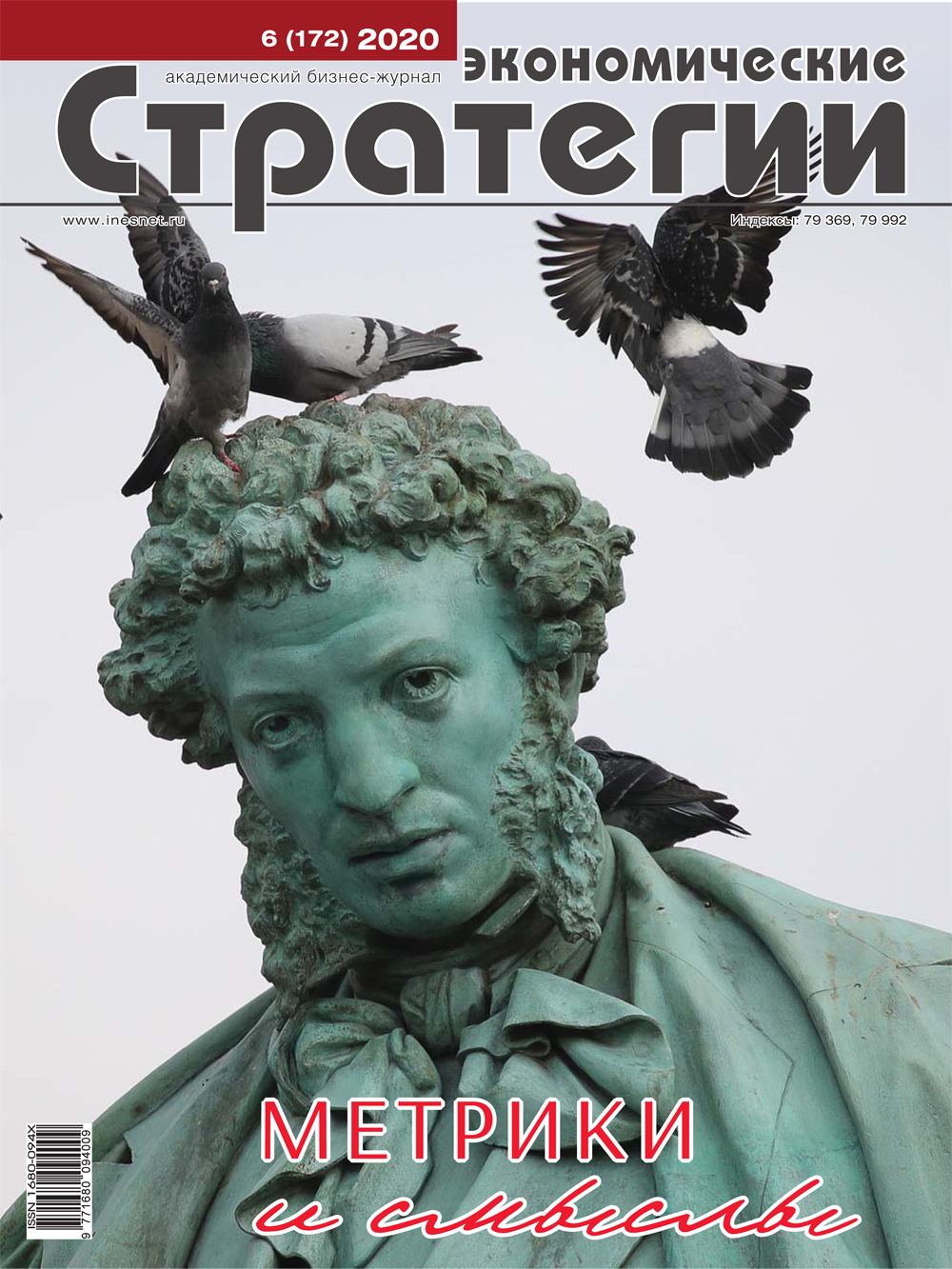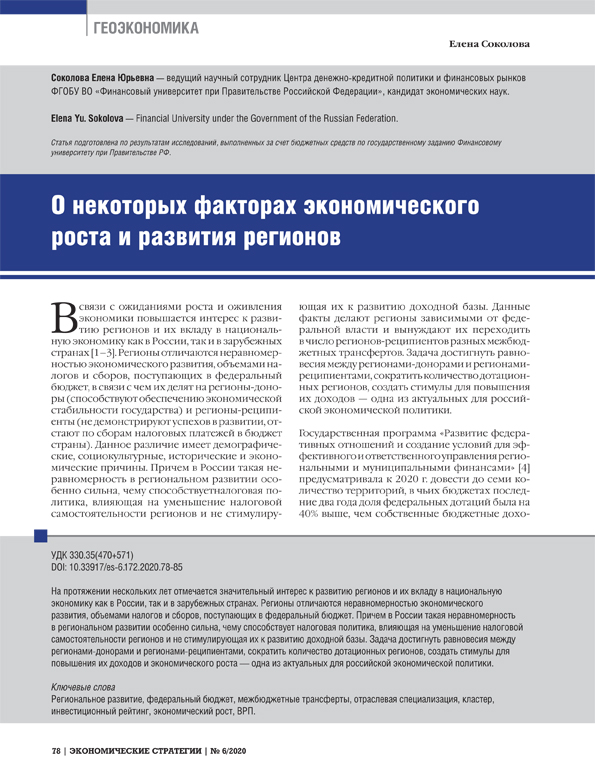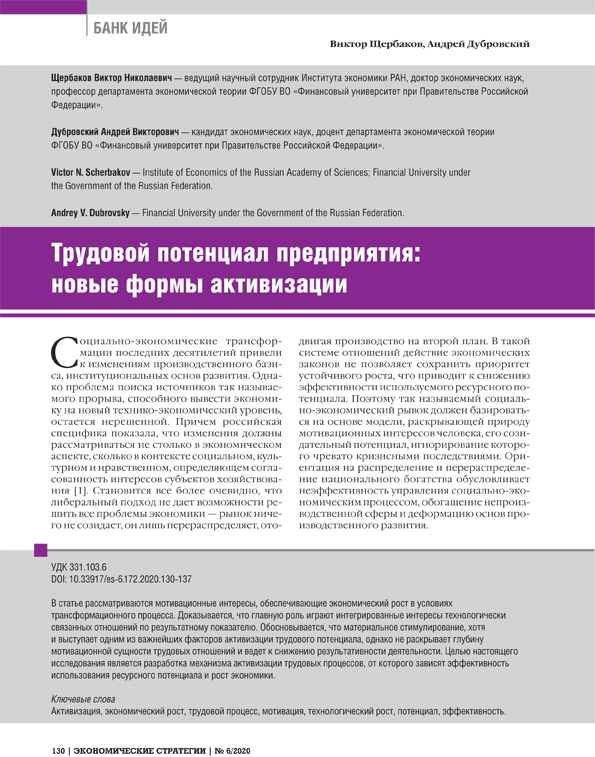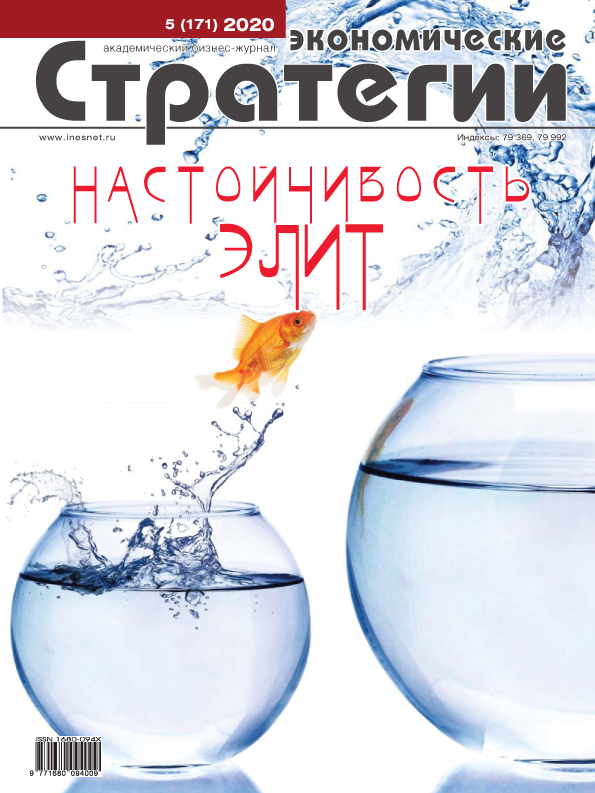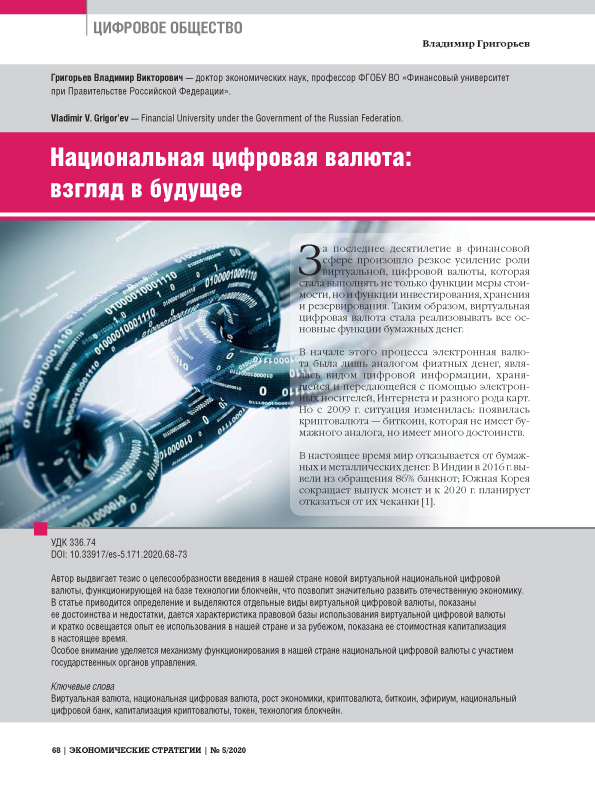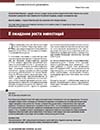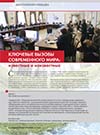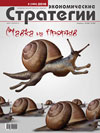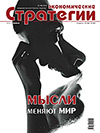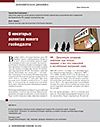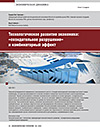
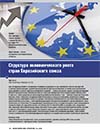
DOI: 10.33917/es-2.168.2020.112-123
The purpose of the study is to determine the existing growth models of the countries of the Eurasian Union by GDP expenditures and sectors (manufacturing, transactional raw materials). The research methodology is a macroeconomic analysis of the dynamics of the main indicator of economic development — gross domestic product. The research method is a structural analysis that allows you to get a structural formula for calculating the contribution of each component of GDP to the growth rate, as well as a comparative analysis of the dynamics models of the countries in question — Armenia, Belarus, Kazakhstan, Kyrgyzstan, Russia. The result of the study is the obtained structural relationships that make it possible to measure the influence of the investment structure on the growth rate, the criteria describing economic growth with a corresponding change in the country’s national wealth, as well as the identification of models of economic dynamics by the countries of the Eurasian Union. It is indicative that the transaction sector dominates in Kazakhstan and Russia, while in other countries a mixed model is found, or industrial growth as in Belarus. According to the components of GDP and expenditures of the country, either a mixed or a consumer model is found (Kyrgyzstan, Russia), however, the contribution of government spending to the growth rate is provided only in Kazakhstan. It was also revealed that the reaction to the crisis of 2009 and 2015 was fundamentally different for the countries of the Eurasian Union. The search for the factor conditions of such a prevailing dynamics, as well as the influence of union economic relations on the formation of a growth model in each country, requires an expansion of research and an analytical perspective
Продолжить чтение



